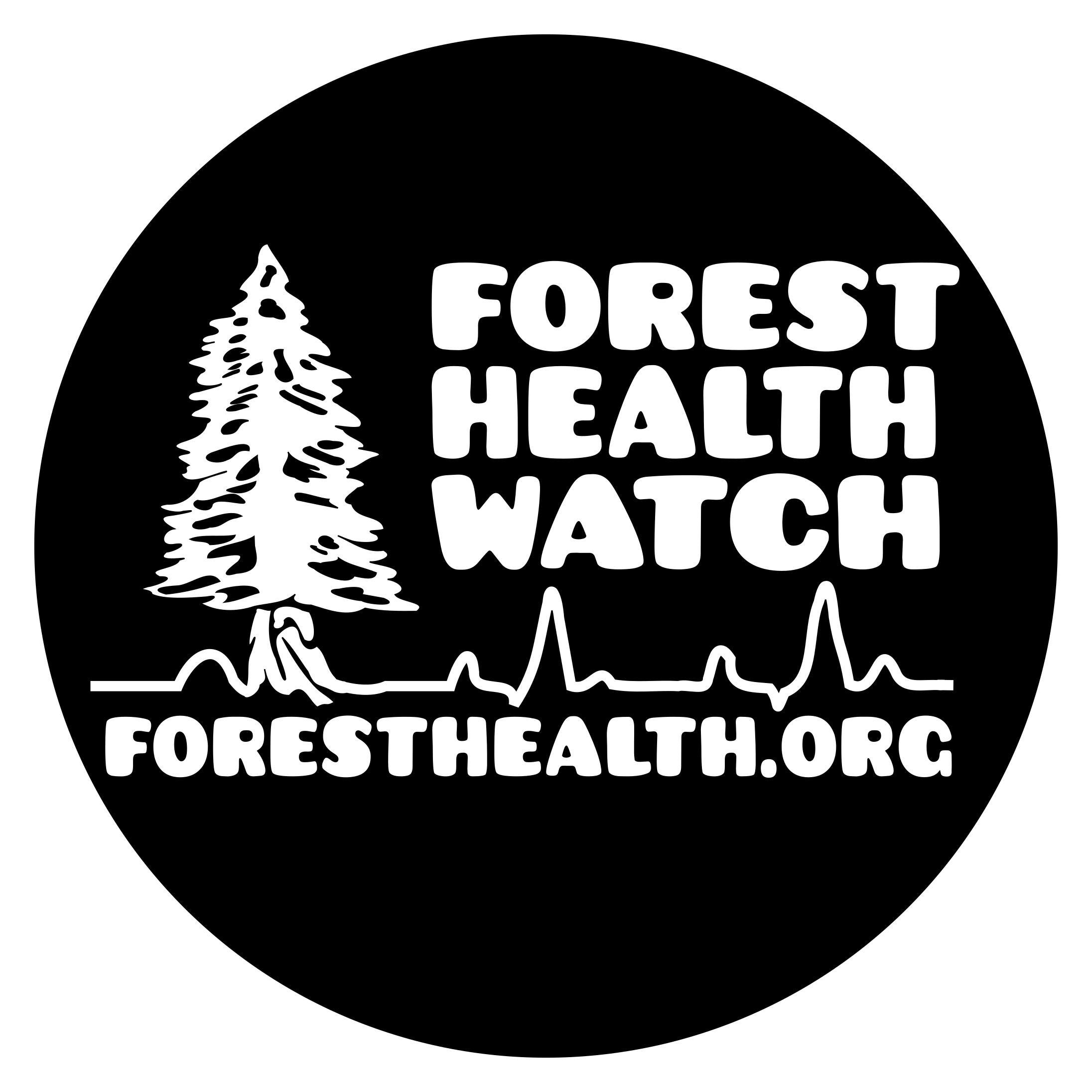Pilot Project
Learn more about the current research need!
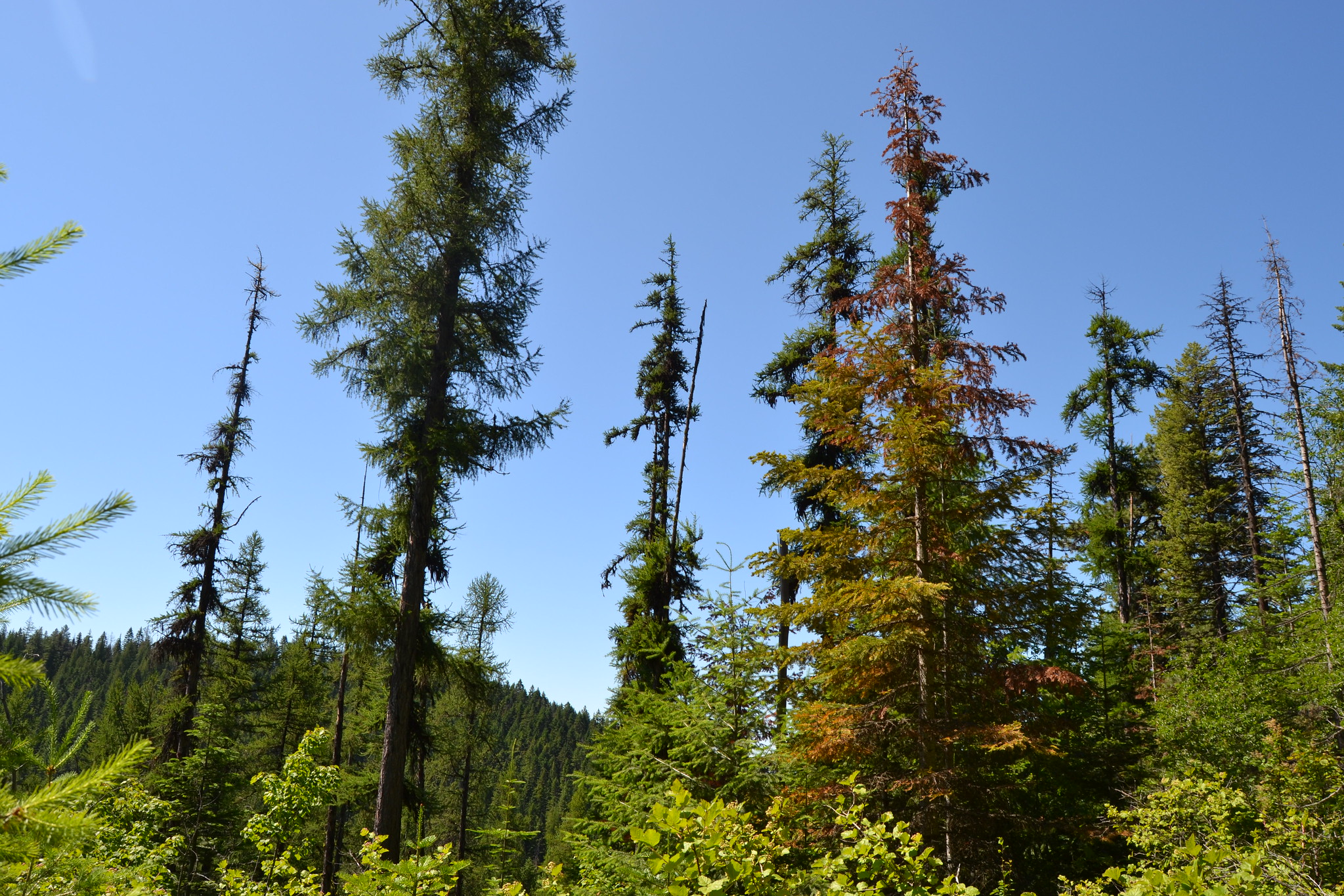
Forests must be healthy to sustainably provide services (clean water, carbon sequestration, habitat, etc.) and products (fiber, building materials, and bioenergy).
However, natural and anthropogenic disturbance agents influence the health of forests.
The purpose of forest health research is to advance our understanding of the threats and develop methods to keep forests healthy.
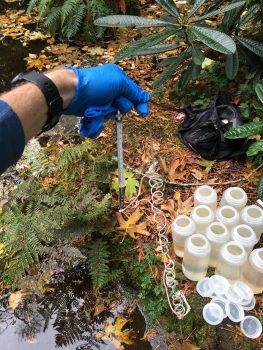
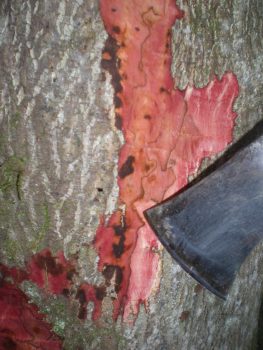
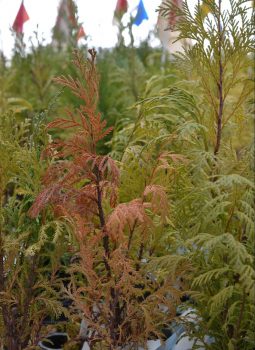
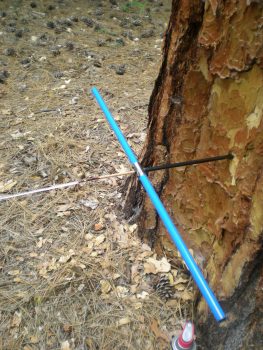


Learn more about the current research need!
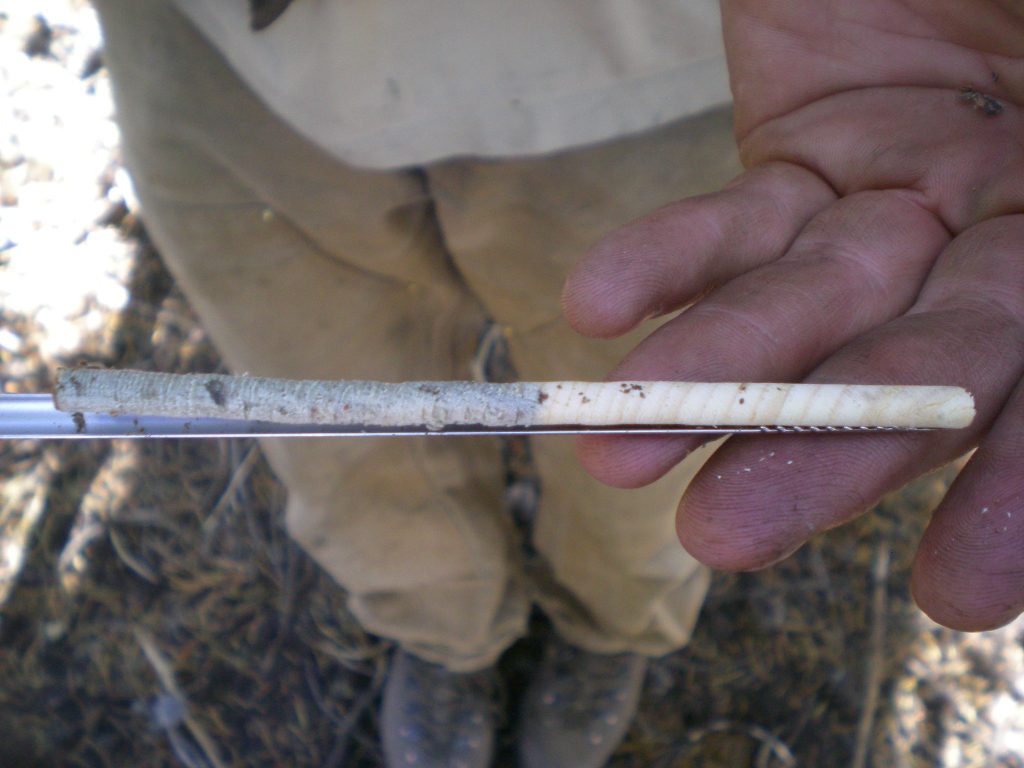
Learn more about the opportunities to get involved!
Recognizing signs and symptoms of tree pests and diseases in our neighborhoods
Joey Hulbert. December, 2020. Tacoma Tree Foundation – Growing Skills Webinar
Western Redcedar Dieback: whats happening and how you can help
Joey Hulbert, February 2021. WSU Forest Owners Online Winter School
Forest health in western Washington
Rachel Brooks, Washington Department of Natural Resources. February 2021. WSU Forest Owners Online Winter School
Forest health in eastern Washington
Melissa Fischer, Washington Department of Natural Resources. February 2021. WSU Forest Owners Online Winter School

